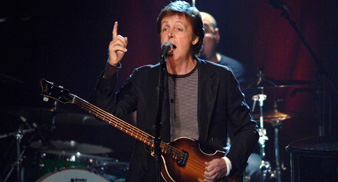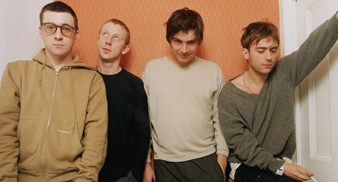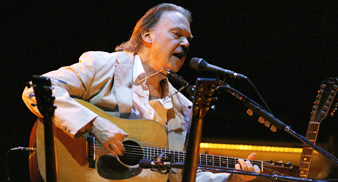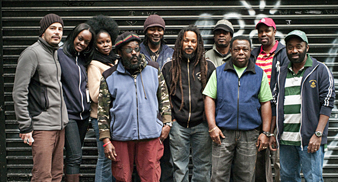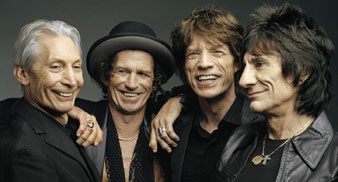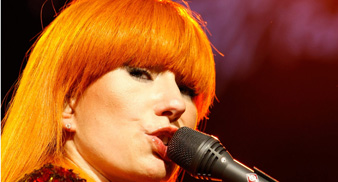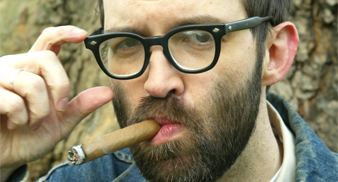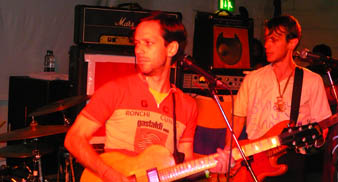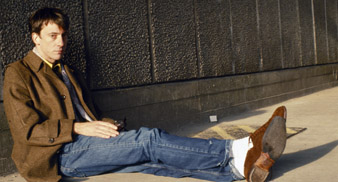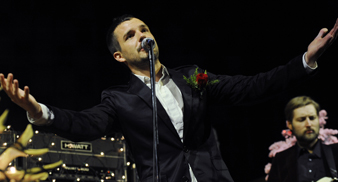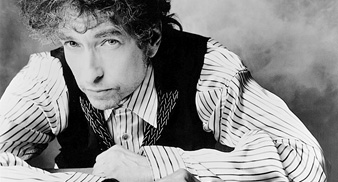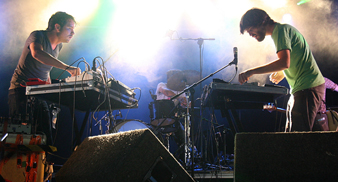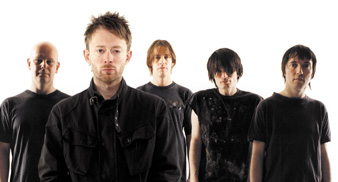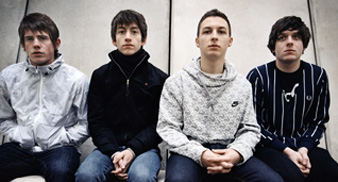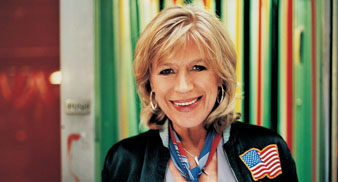Last surviving Beatles Sir Paul McCartney and Ringo Starr will take part ina live webcast this afternoon (4pm GMT), to endorse film director David Lynch's initiative to teach one million at-risk youth Transcendental Meditation™. Taking place at New York's Radio City Music Hall the musicians will be joined by David Lynch, Russell Simmons and a panel of doctors and educators for the news conference. A concert, headlined by Paul McCartney will also take place on Saturday April 4 at the same venue to raise funds for the David Lynch Foundation initiative. Guest artists will include Ringo Starr, Sheryl Crow, Donovan, Eddie Vedder, Ben Harper, Moby, Paul Horn, Bettye LaVette, Mike Love, and Jim James. Pre-concert Webcast hosted by David Lynch Foundation Television Watch the news conference from 4pm GMT here DavidLynchFoundation.org A Q&A with Sir Paul McCartney on the David Lynch Foundation has also been released. What is it about the goal of David Lynch's foundation that inspired you to participate in this concert? Paul: I like the idea of bringing an ancient practice into the modern world. Who would have thought that by introducing meditation into the education system you could lower people’s aggression levels and get a more peaceful society? You traveled to India to study with Maharishi in 1968. What was the single most important idea or experience or lesson you gained while you were there? Paul: Getting a mantra from Maharishi and then learning how to use it. The rest is up to yourself. So actually, being given a mantra and being taught what to do with it was the most important aspect of the trip—the rest was great fun. What are your recollections of Maharishi? How would you describe him? Paul: He was a very spiritual and intelligent man, but what made him so endearing to me was his infectious sense of humor. Why do you think it is valuable for young people to meditate? What do you think they gain from the experience? Paul: I think meditation offers a moment in your day to be at peace with yourself and therefore the universe, which once was thought of as a slightly silly hippie idea, but now it’s much more accepted and even fits with some of the most advanced scientific thinking. Any particular message you would like to share with your fans? Paul: Thanks for continuing to bother to listen to me! I wish you peace, love, and laughter. For more music and film news click here
Last surviving Beatles Sir Paul McCartney and Ringo Starr will take part ina live webcast this afternoon (4pm GMT), to endorse film director David Lynch‘s initiative to teach one million at-risk youth Transcendental Meditation™.
Taking place at New York’s Radio City Music Hall the musicians will be joined by David Lynch, Russell Simmons and a panel of doctors and educators for the news conference.
A concert, headlined by Paul McCartney will also take place on Saturday April 4 at the same venue to raise funds for the David Lynch Foundation initiative. Guest artists will include Ringo Starr, Sheryl Crow, Donovan, Eddie Vedder, Ben Harper, Moby, Paul Horn, Bettye LaVette, Mike Love, and Jim James.
Pre-concert Webcast hosted by David Lynch Foundation Television
Watch the news conference from 4pm GMT here DavidLynchFoundation.org
A Q&A with Sir Paul McCartney on the David Lynch Foundation has also been released.
What is it about the goal of David Lynch’s foundation that inspired you to participate in this concert?
Paul: I like the idea of bringing an ancient practice into the modern world. Who would have thought that by introducing meditation into the education system you could lower people’s aggression levels and get a more peaceful society?
You traveled to India to study with Maharishi in 1968. What was the single most important idea or experience or lesson you gained while you were there?
Paul: Getting a mantra from Maharishi and then learning how to use it. The rest is up to yourself. So actually, being given a mantra and being taught what to do with it was the most important aspect of the trip—the rest was great fun.
What are your recollections of Maharishi? How would you describe him?
Paul: He was a very spiritual and intelligent man, but what made him so endearing to me was his infectious sense of humor.
Why do you think it is valuable for young people to meditate? What do you think they gain from the experience?
Paul: I think meditation offers a moment in your day to be at peace with yourself and therefore the universe, which once was thought of as a slightly silly hippie idea, but now it’s much more accepted and even fits with some of the most advanced scientific thinking.
Any particular message you would like to share with your fans?
Paul: Thanks for continuing to bother to listen to me! I wish you peace, love, and laughter.
For more music and film news click here


